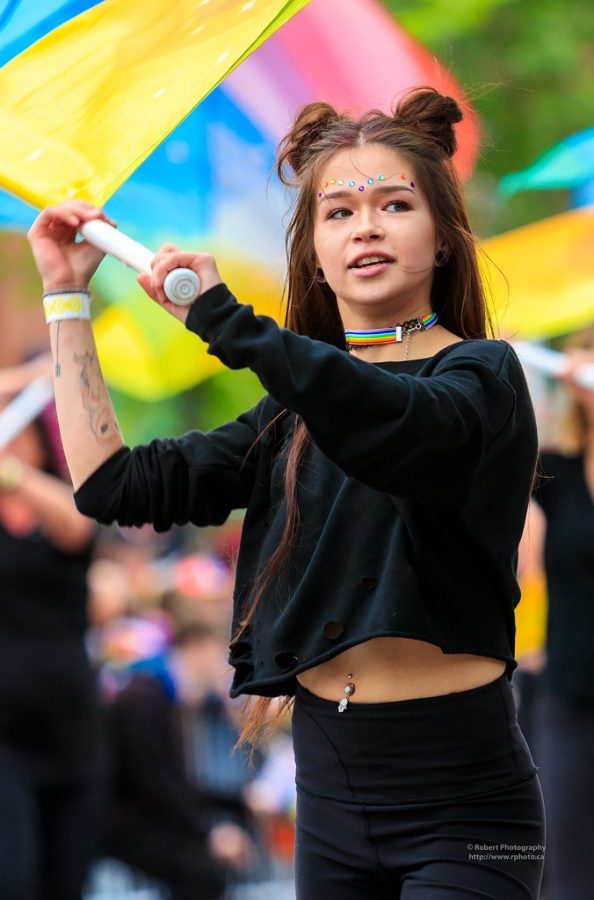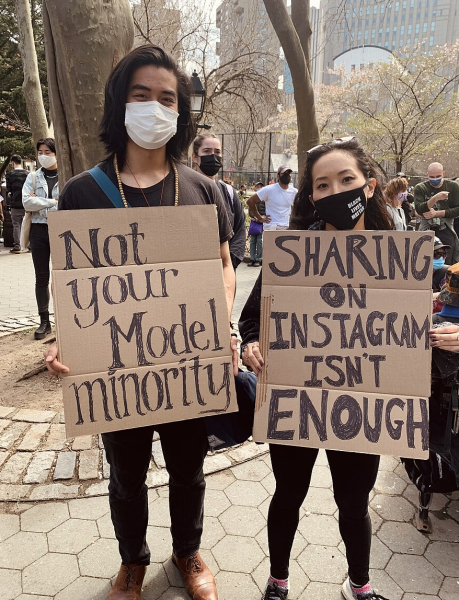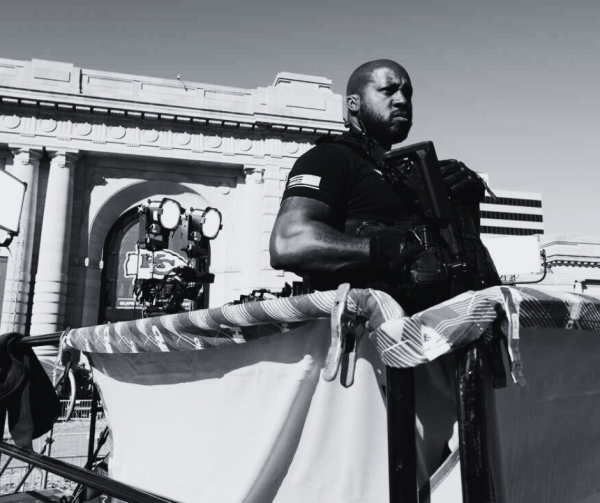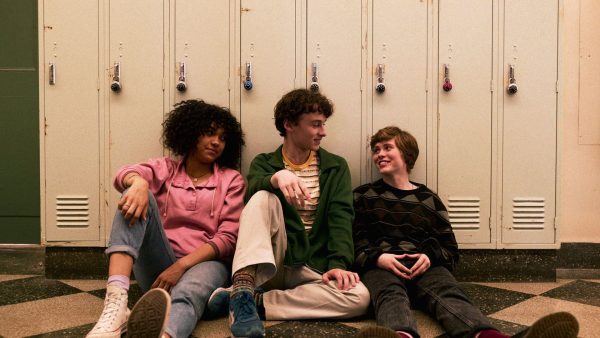Rethinking RV’s dress code in the era of equality for women
RV’s sexist and antiquated dress code unfairly targets female students
"2017 Edmonton Pride Parade" by Sangudo is licensed under Creative Commons BY-NC-ND 2.0
Midriffs like this one — while popular — are banned according to the RV school dress code
December 8, 2020
All around the world today, women are being overly sexualized and objectified by men. Women are still sometimes seen as subservient to men, and this could be due to women being conditioned at a young age to adhere to certain social standards, starting with a dress code. Dress codes were originally designed to make the school environment more professional, but in the past few years, it has become more apparent that the dress code is sexist and is unfairly enforced. Many people believe that Rancocas Valley is a school that does this, and I would have to agree. The RV dress code is sexist.
In the RV’s student handbook, the dress code is shown on page 13. Assistant Principal Anthony Bowker provided some insight on what he thinks of the dress code.
“The dress code is fair and consistent as well as addressed in the student handbook for all to review. The dress code violations and guidelines are approved by the Board of Education every year,” Bowker said. “Our school data shows that more males receive dress code violations. However, females are more likely to repeat the offense with second and third violations.”
I personally found that to be an interesting statistic. After reviewing it, I have found that four of the 12 rules in the dress code directly affect women’s dressings as opposed to the two rules that could possibly affect men. These regulations include no clothing cut too short as it would “bring attention upon a student,” as well as no shorts deemed inappropriate, specifically less than five inches above the knee, for it could “distract attention from or impede the education aims of the school.”
However, doesn’t a student’s removal from class to face disciplinary actions have a greater impact on that student’s learning? After talking to junior Kailyn Connell about this dress code, she says that she has been dress coded and taken out of class for what she was wearing.
“I was wearing jean shorts that were not provocative, but since I am taller than the average female, which means I have longer legs, the shorts were deemed inappropriate,” Connell said. She said that her guidance counselor told her that if she did not change, she would be sent home and thus miss an entire day of learning. When asked how this made her feel, she claimed that she “felt angry that she was being overly sexualized for common school-wear that [she] felt comfortable in.” She has “also seen boys in the school get away with violating dress code rules such as wearing muscle tees that allow students to see their exposed chests.”
“[RV] could stop punishing women for wearing what they feel comfortable in because one size body is not universal. The school could not make the dress code so biased against girls,” Connell said.
To get a bit of a different perspective, I asked junior Ryan Hans the same set of questions that I asked Connell to get a man’s opinion on the topic. He says that he does believe the dress code is biased.
“I have never heard of a boy getting dress coded compared to the number of girls I know who have experienced it,” said Hans. And although he has never personally been dress coded, he has seen a number of females in the junior class be dress coded for no reason. “Whether it’s too much shoulder or the smallest sliver of the stomach, they have experienced it,” he said. “[The dress code] is biased against girls and [it’s] unfair for everyone not to be treated the same way.”
School is supposed to be an environment where everyone feels safe to be themselves and to most importantly, learn. If women are unable to do this based on the way they are dressed, they are getting their education taken away from them which is ultimately affecting their future. As for me, I would like to see a more fluid or gender-neutral dress code. This would solve a lot of problems within the stigma of women’s clothing and the objectification of what a woman wears.












